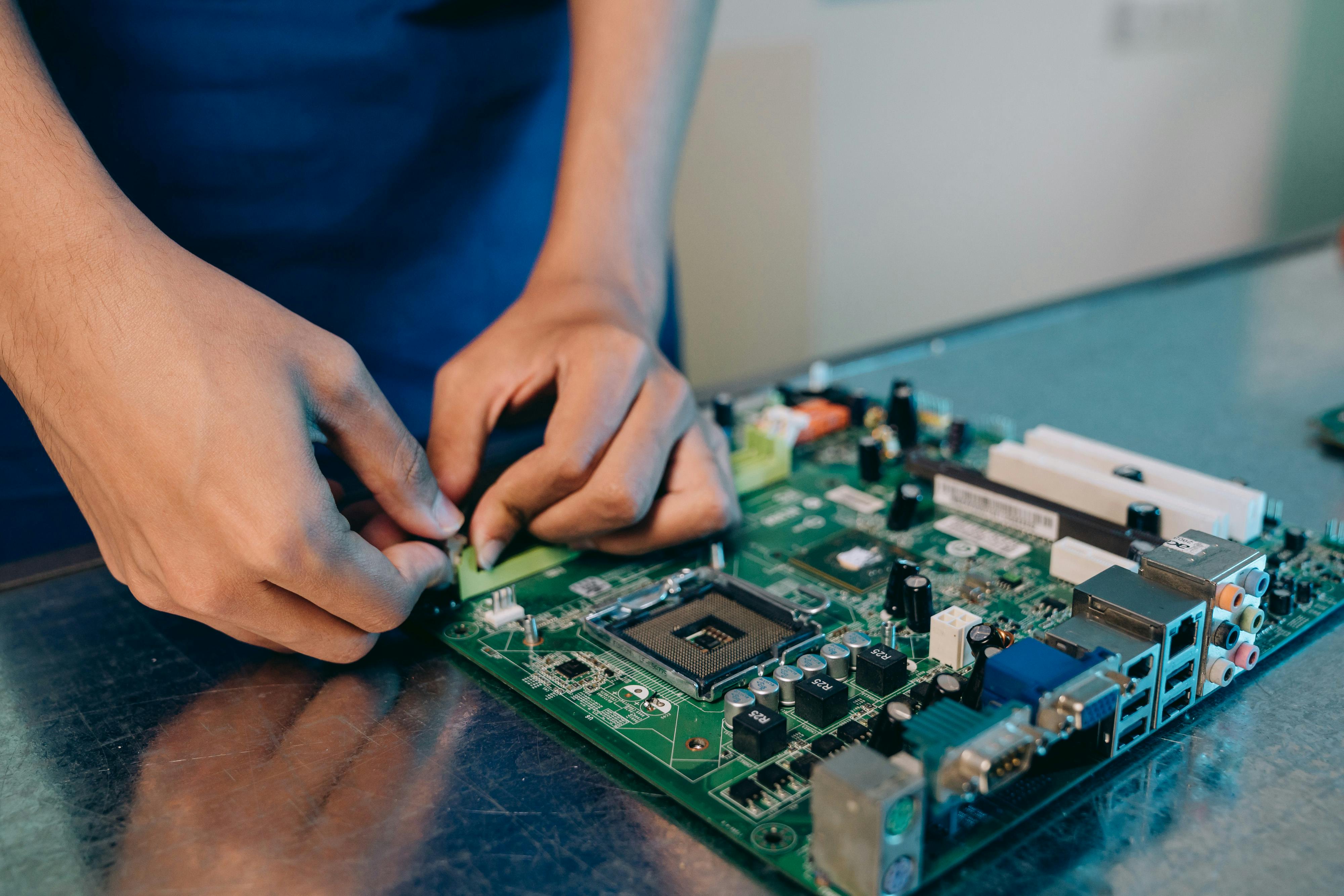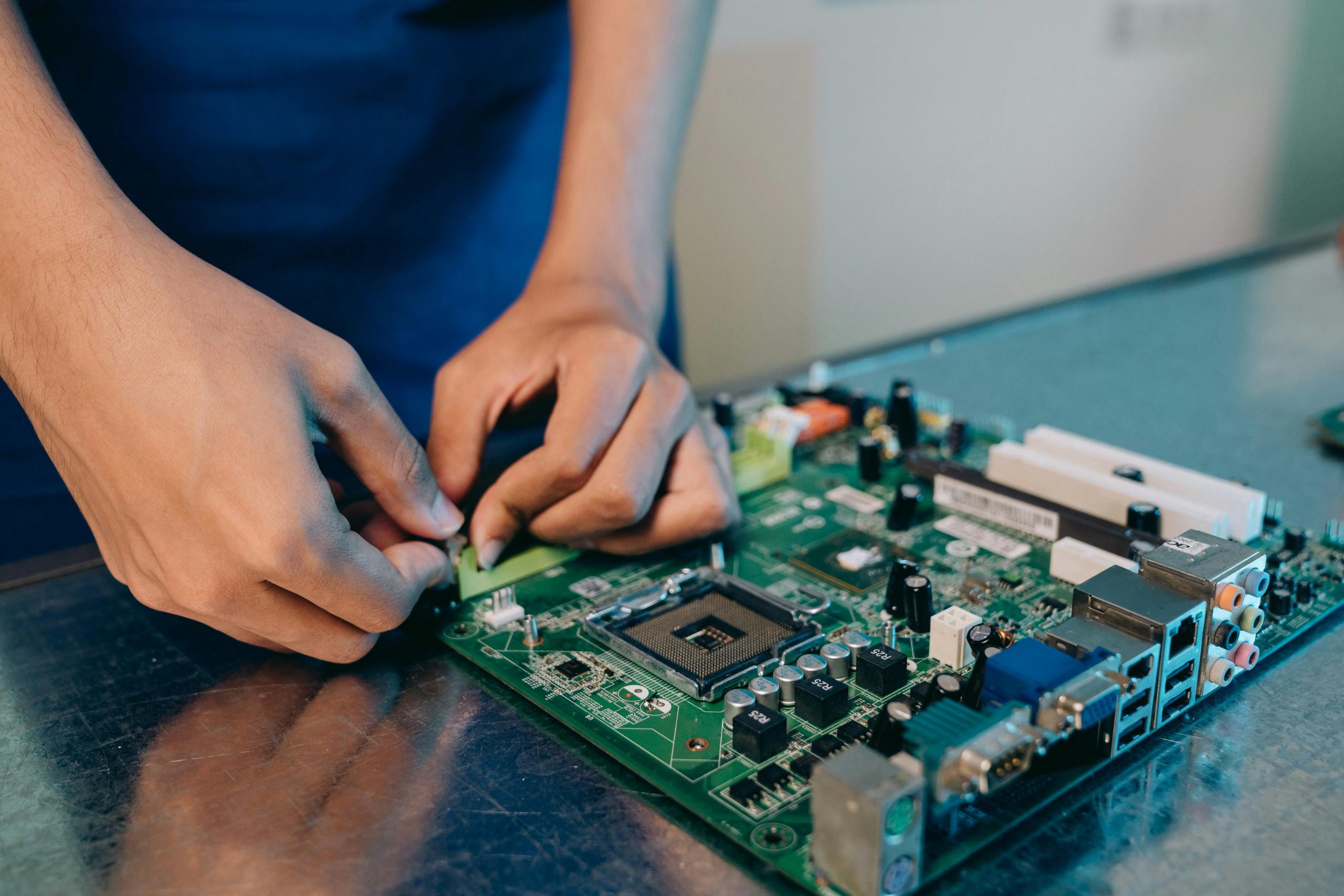
Methodological Underpinnings of Predictive Frameworks
The Role of Total Factor Productivity (TFP) as a Key Metric
In formal economic analysis, Total Factor Productivity (TFP) is the gold standard for measuring efficiency gains—the output you get without adding more workers or more machines. It measures pure, unadulterated innovation efficiency. Current data on generative AI’s immediate TFP contribution is, frankly, underwhelming. For example, some preliminary estimates suggest that in 2025, the direct contribution to TFP growth is currently a mere 0.01 percentage points. This low number perfectly illustrates the difficulty in measuring a nascent, complex technology like AI. The consensus among economists is that this measurable impact will only truly begin to scale once these tools move from novelties used by early adopters to deep, sector-wide standard operating procedure. Understanding the path of future of productivity is entirely dependent on deciphering this TFP signal.
Modeling the Three Levers of Accelerating TFP Contribution
For the TFP contribution to escape the initial sluggishness, analysts generally agree it must be driven by a trio of interconnected factors over the next decade. To grasp the potential, you must track all three:
- Increased Application Depth: This is about moving existing generative AI tools from simple aids (like summarizing text) to deeply automating or augmenting tasks that are highly susceptible to AI expertise (like complex diagnostics or advanced legal drafting).
- Underlying Technology Improvement: The AI models themselves must get fundamentally better, meaning the potential cost savings achievable for any given task will continue to *increase* over time, creating a rising ceiling for efficiency.
- Structural Economic Shift: The economy itself will naturally reallocate resources. Sectors inherently more exposed to AI—think professional services, high-level software development, and specific areas of finance—are projected to grow faster than others, increasing the overall economy’s weighted average exposure to AI-driven gains.. Find out more about Projecting AI economic impact traditional models vs frontier.
The Time Lags Associated with General Purpose Technologies
History dictates that GPTs are slow burners. The steam engine and even electrification required a gestation period, often spanning a decade or more, before their transformative effects were clearly visible in national productivity statistics. Why the lag? It’s the need for complementary innovations (e.g., the lightbulb for electricity), massive infrastructural overhauls (e.g., rewiring entire cities), and the slow, painful process of complete organizational restructuring. The billion-dollar question today is: Will AI’s digital nature and breakneck speed of diffusion dramatically shorten this traditional ten-year adoption curve? Or will the sheer structural inertia of the global economy—the slow pace of regulatory change, workforce training, and legacy system replacement—impose a similar, decade-long gestation period, regardless of the software’s speed? This lag is the primary reason established models project delayed economic impact.
Quantifying Early Adoption Metrics and Diffusion Rates
To try and ground these wildly differing forecasts, analysts are intensely scrutinizing early adoption data. One key metric is the raw percentage of the workforce actively engaging with generative AI tools, whether formally through work licenses or informally in personal time. Recent 2025 data suggests a significant finding: roughly one-third of employees globally now use generative AI tools in their jobs weekly. Furthermore, adoption is not uniform; leaders and managers report using GenAI several times a week, while regular use among frontline employees has stalled closer to 51%. This reveals a substantial reservoir of untapped value creation that official economic accounting, focused strictly on measured market transactions, may be currently failing to capture. The speed at which these technologies embed from “experimental use” to “non-negotiable workflow component” remains the most volatile, yet critical, variable in every forward-looking model.
Societal and Labor Market Transformation
The Displacement and Creation Dynamic in Employment Figures
The conversation around employment is often reduced to a simple, fear-driven binary: job loss versus job gain. The reality, according to current labor market forecasting models, suggests a massive *reshuffling*. Millions of entirely new roles driven by the need to manage, audit, and build AI ecosystems are projected to emerge. However, an even larger number of existing, task-based positions are anticipated to be displaced by the same macro trends. The *net* effect, most models cautiously suggest, will eventually be a positive increase in total employment opportunities. The true crisis is the mismatch: the skills of the displaced workers will not align with the requirements of the newly created positions. This necessitates a societal commitment to massive, rapid reskilling and upskilling initiatives—a challenge that governments and educational institutions have historically struggled to meet at speed.. Find out more about Projecting AI economic impact traditional models vs frontier guide.
The Shifting Landscape of Essential Skills
The value hierarchy of professional competencies is being dramatically inverted by AI. Skills directly related to the development, governance, and *application* of AI and big data are skyrocketing in demand. But the differentiator for human value is shifting towards what AI cannot easily replicate. This ascent of technical literacy must be immediately paralleled by a renewed, almost desperate, emphasis on uniquely human attributes. These are the skills that complement, rather than compete with, the machine:
- Complex, Multi-Domain Problem-Solving
- Critical Thinking and Judgment Under Ambiguity
- High-Level Emotional Intelligence and Interpersonal Negotiation
- Unwavering Adaptability in the Face of Constant Tool Change
- Focus on TFP Decomposition: Don’t just look at the final GDP number. Look at the assumptions regarding the three TFP levers: application depth, technology improvement, and structural economic shift. If the “technology improvement” assumption is exponential, the low forecasts are wrong.
- Watch the Frontline Gap: The disparity between leader and frontline AI usage (over 75% for leaders vs. 51% for frontline staff in some 2025 surveys) is a major bottleneck. Organizations that close this adoption gap first will see value sooner.
- Budget for Lag: Even if AGI is achieved in 2028, the structural overhaul needed to integrate it into GDP statistics will take years. Build your projections assuming a multi-year lag between a technical breakthrough and macroeconomic realization.
- Value the Non-Market Gains: Start tracking metrics related to individual welfare (time saved, quality of life improvements, learning velocity) alongside GDP. The official numbers will likely understate the real benefit.
These human “soft skills” are becoming the hard, non-negotiable differentiators in an augmented workplace. The question is: Are our educational systems pivoting fast enough to teach these effectively?. Find out more about Projecting AI economic impact traditional models vs frontier tips.
Sectoral Reallocation and Economic Concentration
AI’s impact is profoundly uneven, acting as a powerful accelerant for already-fast-moving sectors. Industries characterized by high degrees of information processing, codified knowledge, and digital workflows—such as software development, legal discovery, and management consulting—are not only more exposed to immediate productivity gains but are also structurally expected to grow at a faster underlying rate. This differential growth isn’t a temporary bubble; it is projected to result in a permanent, albeit subtle, upward shift in the economy’s baseline Total Factor Productivity trend simply because the *composition* of economic activity is changing, favoring the most AI-exposed industries. This dynamic raises serious concerns about economic concentration and the widening gap between AI-enabled and AI-lagging firms.
The Impact on Welfare Versus Measured Gross Domestic Product
This is a point often missed in headline economic reports. A crucial qualitative element of the 2025 analysis is recognizing that much of the value created by AI—especially in personal, non-market contexts—will never register in official Gross Domestic Product (GDP). Think about the time saved on tedious work, the sudden access to personalized learning, or the explosion of creativity in hobbies now augmented by generative tools. While this *dramatically increases overall societal welfare and subjective quality of life*, the measured economic performance, which relies almost entirely on market-based transactions, will present a comparatively muted, even frustratingly slow, picture of the technology’s true benefit to human flourishing. For those interested in the macroeconomic measurement challenge, examining recent debates on AI and economic measurement is essential.
The Spectrum of AI Capability Development
Defining the Benchmarks for Artificial General Intelligence
Artificial General Intelligence (AGI) remains the ultimate, often contested, endpoint of this entire narrative. Its arrival is benchmarked less by economic output and more by functional parity with the most advanced human intellects across an *unbounded* range of cognitive tasks. As noted earlier, the timeline for this achievement directly feeds the extreme ends of our economic forecasts. A near-term AGI arrival—which some surveys place as highly possible by the early 2030s—fundamentally validates the most optimistic, near-explosive growth scenarios because it implies a continuous supply of ever-more-capable, self-improving intellectual labor.
The Rise of Agentic Architectures and Systemic Decomposition. Find out more about Exponential growth forecasts from AI industry leaders strategies.
One of the most significant technical shifts happening *right now*, in 2025, is the move away from monolithic, single-model AI systems toward ‘agentic’ architectures. Instead of one massive, general-purpose model trying to do everything, the trend is toward creating distributed ecosystems of specialized AI agents. Imagine one agent handling all your coding tasks, another managing your complex financial modeling, and a third coordinating physical logistics. This decomposition is a pathway to solving critical historical challenges in large-scale AI: enhancing transparency and improving error correction in complex, multi-step workflows. Understanding deeper insights on agentic AI is key to seeing past today’s chatbot limitations.
Agent-Based Workflow Transparency and Debugging
The agentic model offers a massive advantage over the traditional “black box” problem of massive foundational models. When a complex, multi-agent workflow fails—say, a system incorrectly routes a supply order leading to a costly delay—analysts can now trace the error back through the chain of interacting, specialized agents. They can isolate the malfunctioning component, effectively localizing the point of failure. This decomposability makes the entire system more auditable, more maintainable, and ultimately, far more trustworthy for mission-critical applications than relying on a single, opaque, massive intelligence. This practical auditability is what is unlocking enterprise adoption across regulated industries.
Invisible AI: Embedding Intelligence into Physical and Digital Infrastructure
Beyond the user-facing applications we interact with daily, a vast portion of AI’s future impact is projected to be ambient or “invisible.” This involves embedding advanced decision-making and optimization capabilities directly into the physical and digital backbone of society. Think of AI silently optimizing city-wide traffic flow in real-time, managing highly automated logistics warehouses with zero human intervention, or directing energy consumption across a national grid based on predictive demand models. In this scenario, the user experience isn’t about interacting with an AI interface; it’s the experience of living in a vastly more efficient, reliable, and optimized world—a world where things simply *work better* without you having to ask.
Forecasting Mechanisms and Critical Assumptions
The Sensitivity Analysis of Predictive Models to Improvement Rates. Find out more about Projecting AI economic impact traditional models vs frontier overview.
If you take away only one technical lesson from the current forecasting landscape, it should be this: all rigorous models must incorporate a high degree of sensitivity analysis regarding the rate of technological advancement. The mathematics of compounding growth are brutal. Even a small shift in the assumed *annual improvement factor* for core AI capabilities—say, moving from 1.5% annual improvement to 2.5% improvement—can lead to multiplicative differences in long-term economic projections that create the exact gulf we are observing between the conservative and optimistic camps. Interpreting any new forecast requires immediately identifying the assumed improvement rate leverage point.
The Distinction Between Quantitative and Qualitative Shifts
A deep, philosophical debate underpins the entire economic argument: Is the current AI wave merely a powerful quantitative improvement in processing speed and data handling capacity, or does it represent a true qualitative leap in the nature of intelligence and problem-solving? Those arguing for a qualitative shift believe AI is fundamentally changing the *kind* of problems we can solve, moving beyond simple data processing into systems capable of genuine simulation, hypothesis generation, and adaptive response to multifaceted global challenges. If it’s just quantitative, the historical analogy holds. If it’s qualitative, the analogy breaks down, and we must prepare for unprecedented change. In 2025, the evidence leans increasingly toward a qualitative shift in reasoning capacity.
The Influence of External Macroeconomic Trends on Adoption Velocity
While the technology itself is born in research labs, its ultimate economic realization is critically dependent on external, often sluggish, macroeconomic conditions. For instance, high prevailing interest rates and tight capital availability can severely modulate the speed at which lab breakthroughs translate into boardroom-approved, economy-wide implementation projects that require billions in capital investment. Even if the technology is ready to deliver a 3% annual boost, an environment of high capital costs or low business confidence can easily push the *realized* economic impact toward the lower end of the projections, creating a lag between potential and performance. To understand this interplay, keeping an eye on central bank policy is just as important as tracking AI chip advancements.
The Ongoing Challenge of Measurement and Data Limitations
A recurring, almost nostalgic, theme among serious forecasters is the inherent difficulty in accurately measuring the impact of any GPT while it remains in its early stages of diffusion. The limited availability of comprehensive, standardized data on AI’s initial effects—especially regarding the informal, non-market benefits—means that all current projections are necessarily provisional and subject to significant revision as the next few years of real-world deployment data matures. Be skeptical of any model claiming absolute certainty in its 2030 projection; the ground truth is still being laid down right now.. Find out more about Exponential growth forecasts from AI industry leaders definition guide.
Broader Implications and Governance Imperatives
The Need for Proactive Governance in Rapidly Evolving Systems
The speed at which AI capabilities are advancing—often measured in months rather than the decades typical of past industrial revolutions—necessitates a corresponding acceleration in governance. Ethical guidelines, regulatory frameworks, and international standards are all struggling to keep pace. If the technological trajectory is indeed steeper than current policy cycles anticipate, the lag between capability emergence and responsible oversight could become dangerously large, threatening not just economic stability but societal trust itself. Proactive engagement on AI governance models is no longer optional; it is a prerequisite for stability.
AI’s Potential Role in Tackling Grand Global Challenges
Setting aside productivity and market growth for a moment, the greatest potential benefit of this technology lies in its application to humanity’s most intractable problems. We are seeing significant early progress in leveraging AI’s simulation and pattern-recognition capabilities to model and mitigate the effects of climate change, to accelerate genuine breakthroughs in medical science (like novel drug discovery), and to dramatically enhance the efficiency and equity of public services like education and healthcare delivery across diverse global communities. This “Welfare Dividend,” which may not show up in GDP figures, is arguably the most compelling reason to manage the transition responsibly.
Conclusion: Navigating the Uncertainty of the Technological Horizon
The collective body of new analytical work swirling around AI progress in November 2025 confirms one overriding truth: the coming decade is a period defined by unprecedented technological uncertainty juxtaposed with potentially civilization-altering economic opportunity. Whether the world experiences a steady, managed evolution—where productivity growth settles near 1.0% to 1.5% annually, as history suggests—or a revolutionary upheaval where growth rates are perpetually elevated, depends entirely on which set of assumptions about future AI capability proves correct: the steady historical arc or the vertical, exponential climb.
Key Takeaways and Actionable Insights for 2025/2026
This ongoing story remains the most critical economic and societal development of our time. It demands constant re-evaluation of every established metric, every historical precedent, and every assumption you hold about the rate of progress. The difference between being prepared and being blindsided is choosing which narrative you choose to bet on.
What part of this divergence concerns you the most? Are you seeing the exponential curve in your own industry, or are you still wrestling with the decade-long inertia of legacy systems? Share your 2025 reality in the comments below!


![refurbished Kindle Scribe 64GB deal: Complete Guide [2025]](https://tkly.com/wp-content/uploads/2025/11/refurbished-kindle-scribe-64gb-deal-complete-guide-1762877922034-150x150.jpg)







